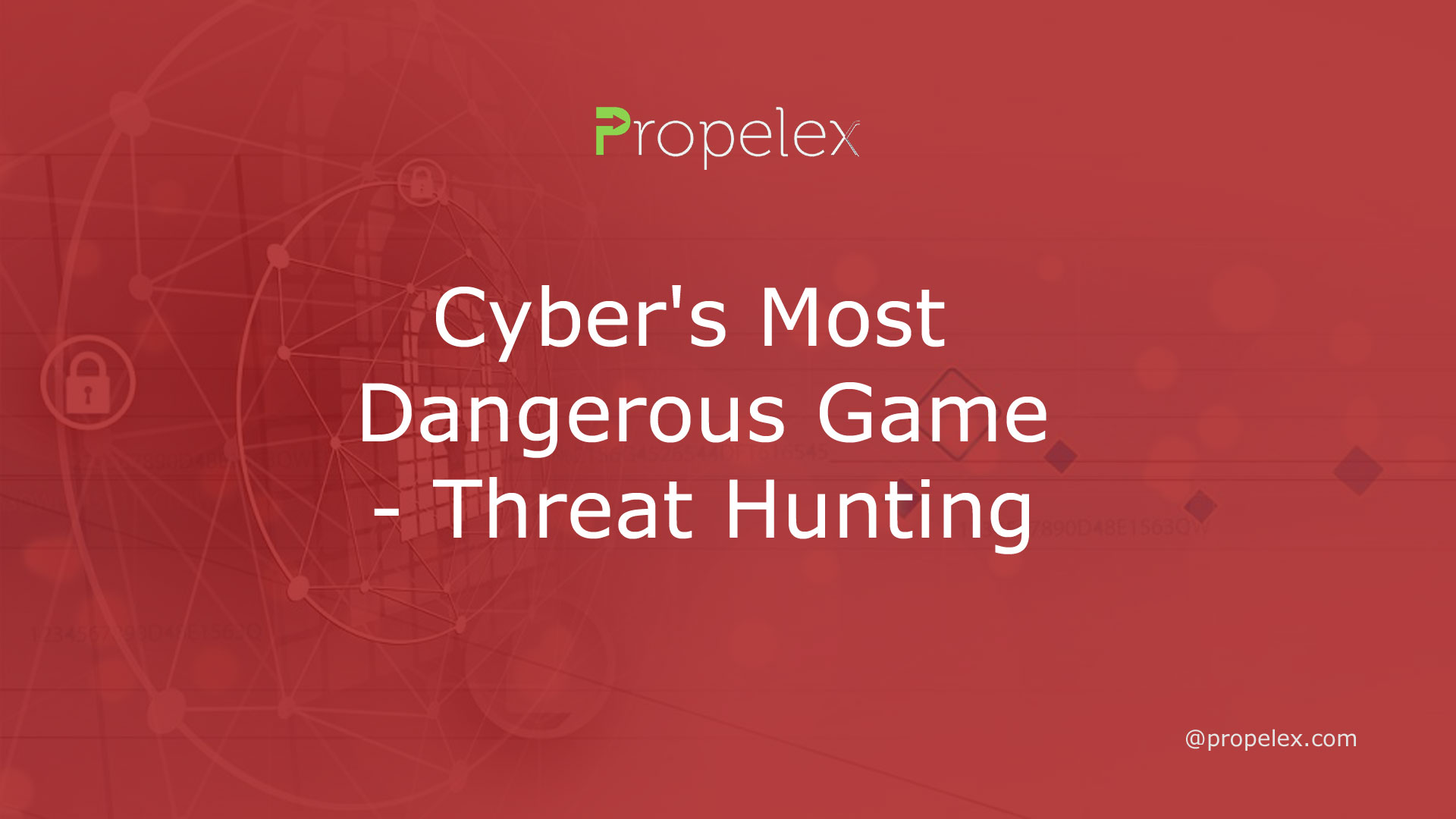As cyber criminals become more sophisticated and the threats become more numerous, organizations are turning to threat hunting. It’s not only a good idea to hunt down malicious actors, but it’s also an important part of protecting against cyber attacks.
Obfuscation by cyber threat actors
When hunting cyber’s most dangerous game, cyber threat actors attempt to evade attribution by using obfuscation. Obfuscation is a technique that masks user information and organizational data. It allows cybercriminals to steal or manipulate sensitive data.
Obfuscation can achieve in many ways. Phishing is an example of a common tactic. It uses social engineering to trick victims into visiting a domain that has hijacked. If they go to that website, they will redirect to another website that will install malware or steal information.
Cryptojacking is an attack where a threat actor exploits a user’s device. It can carry out on mobile devices or computers. The victim’s device may contain a backdoor. Once the attacker gains access, the perpetrator can monitor and control the device.
Code injection is an invasive technique that involves introducing malicious code into a computer program. It can achieve through cross-site scripting or SQL injection. The code may be a single-time execution or a series of commands that allow further malicious activity.
Data analytics
A lot has said about data analytics for cyber’s most dangerous game, threat hunting. There are a few standard guidelines to follow, but there is no consensus on which methodology is best.
One of the best ways to do this is to create an effective data-driven incident response team that consists of a mix of security specialists, IT staff, and business representatives. A good incident response team will not only mitigate the consequences of a breach, it will also identify any gaps in the defenses before it becomes an open door for a savvy adversary.
In addition to the incident response team, you need an equally robust arsenal of network defense tools. These include firewalls, intrusion detection systems (IDS), and anti-malware software. Keeping a close eye on these security devices will help you keep your networks and company’s assets intact.
The best way to ensure that you are getting the most out of your data-driven incident response team is to make sure that you are deploying the right security tool for the job.
Detection and hunting should work together
When it comes to protecting your network, detection and threat hunting should go hand in hand. You’ll need powerful tools and analytic capabilities to identify threats before they cause damage.
The process of threat hunting involves a series of steps that include identifying threats and developing hypotheses. The best threat hunters know how to implement a proactive mode of operation that improves the accuracy of their detections.
The first step in threat hunting is to create a hypothesis that identifies suspicious activity in your network. A good hypothesis is based on a combination of your current threat intelligence, your organization’s infrastructure, and your understanding of your industry.
The most effective threat hunters use analytics software to identify patterns and correlations that hidden within your data. They also conduct a pen test to detect potential exploits. These techniques can augment with behavioral and signature-based identification technologies.
The most advanced threat actors evade most security controls. They can also blend in with the target environment.
Make threat hunting a regular part of the process and budget
If your organization is looking to protect its networks, make threat hunting a regular part of your cybersecurity strategy. It can provide insight into future threats and reduce the frequency of breaches.
There are three main types of hunts. These are structured, unstructured, and simulated. Each type requires different resources.
Structured threat hunting involves a formal search for TTPs. This takes time and requires a qualified team. Developing an effective hunt can take weeks.
Using simulated attacks can be a good way to decrease the workload of your hunters. However, they don’t eliminate the need for real attacks. They can help fix weaknesses in your systems.
Unstructured hunting is another option, but isn’t as reliable as structured. The process relies on data manipulation techniques and manually digging through log files. It’s also more ad hoc, which means it’s not repeatable.
Defending your network from a sophisticated attack is a long process. It may take months to determine whether the attacker has breached your networks.









